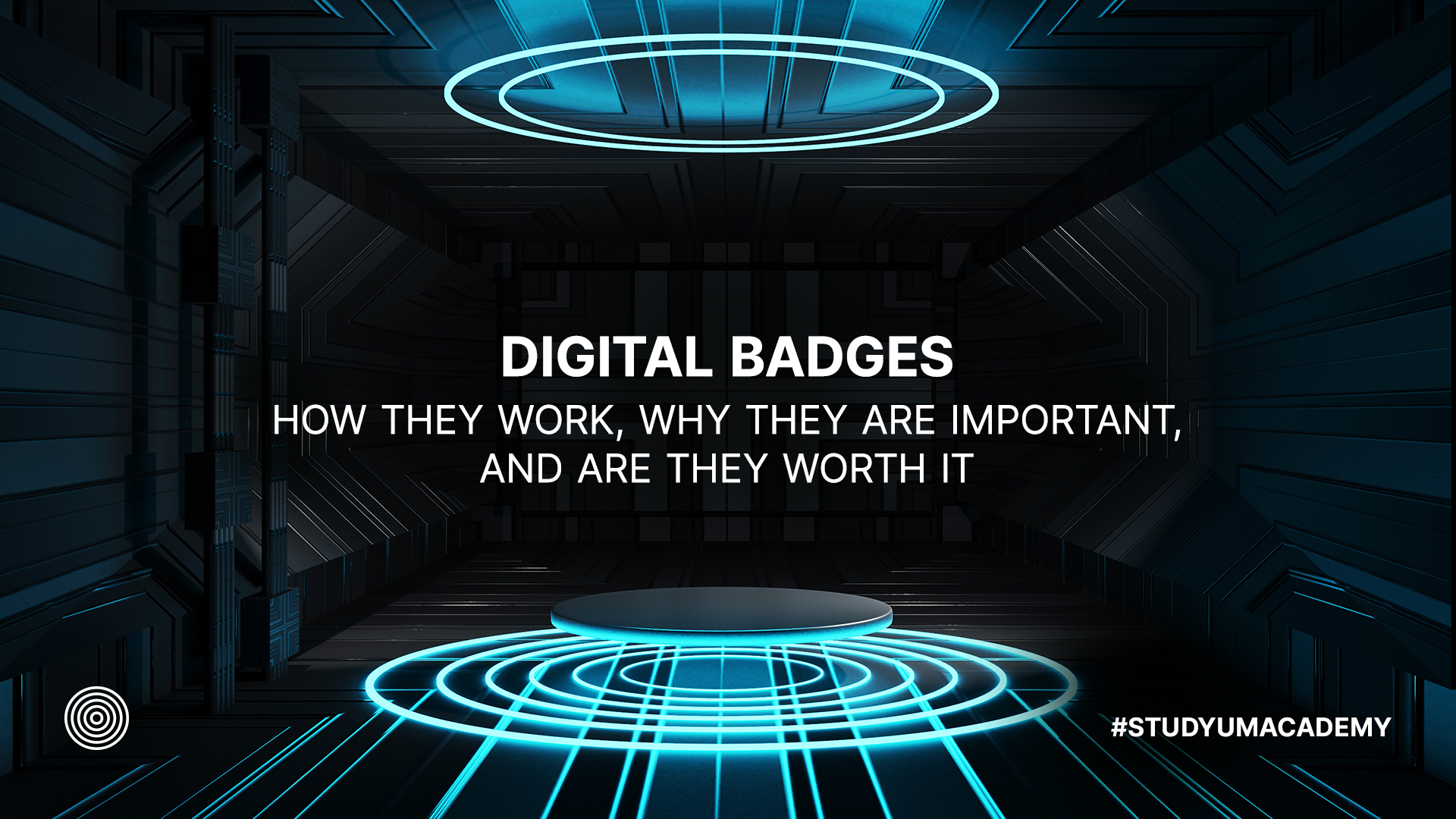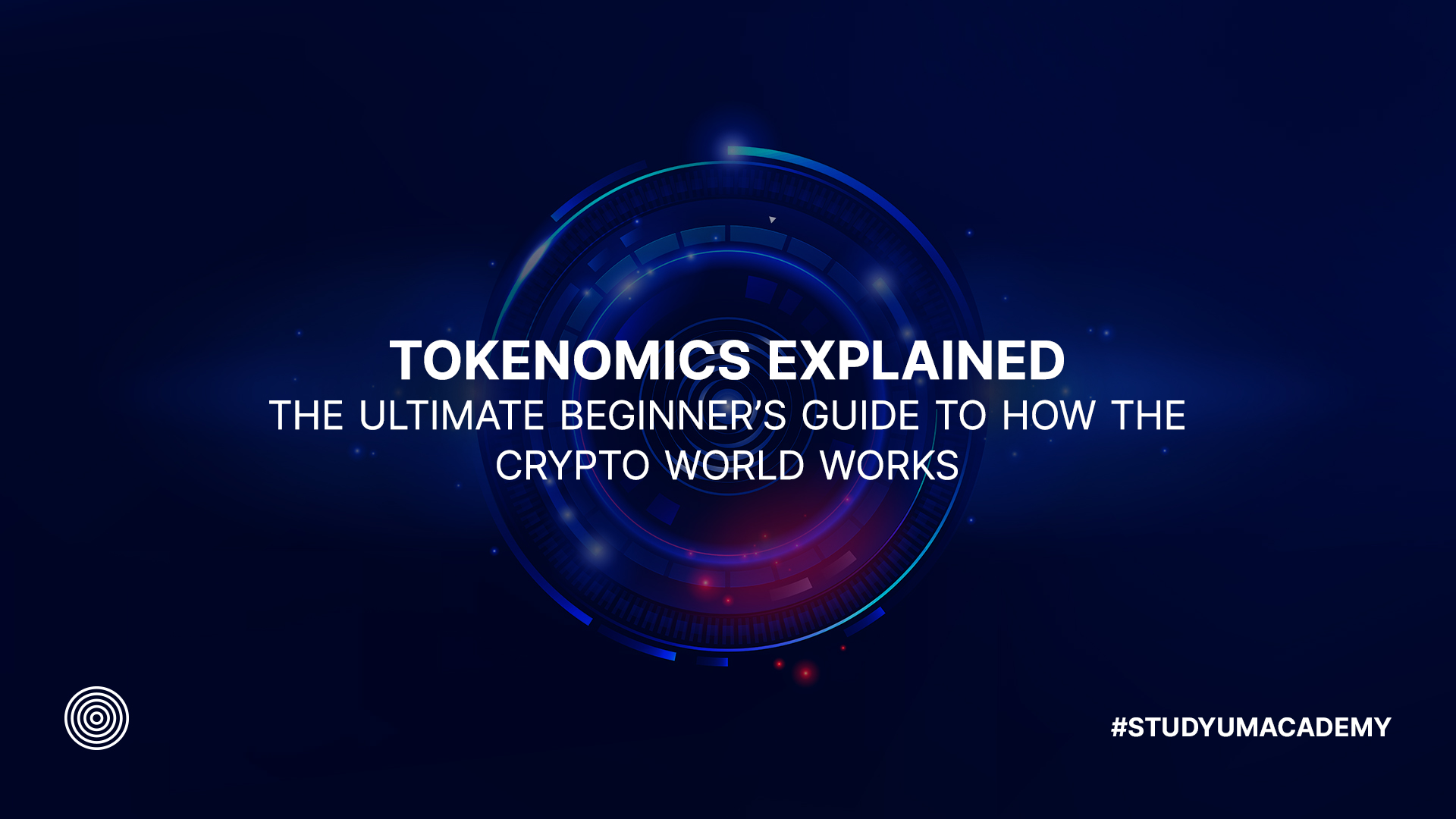In Part I of the Gamification Series, we established that gamification is a means that is intended to facilitate engagement and make the learning process fun. We discussed motivation, what it is, which factors can influence it. We also mentioned that gamification can help inspire intrinsic motivation in learners, which is why Studyum is a platform that aims to implement it.
Then, in Part II, we covered how to fuel intrinsic motivation and what conditions need to be met for tasks and jobs to be engaging to us, according to Self-determination theory. There are many features of Studyum that help meet these conditions and gamify the learning process; you can read a brief overview in Part II or watch it here. (We plan to go into specifics in the next Part, though, so look forward to it!)
And little by little, we come to the ultimate goal of gamification: jumpstarting the flow state.
The goal is the flow
Have you ever become so immersed in something you tune out everything else? Have you become so singularly focused on an activity you didn’t even sense the time passing, maybe even forgot you were hungry or thirsty or in need of sleep? If your answer is “who hasn’t?” – congratulations! You might have experienced what the psychologists refer to as the flow state!
Mihály Csíkszentmihályi, the psychologist who opened the floodgates into the research of the flow state was fascinated by painters’ ability to forgo food and water and sleep and enter a sort of trance while painting. In 1975 he started exploring the subject and, during the 1980s, this state of mind has become a topic of great interest among psychologists.
And no wonder – the benefits of doing activities when in a flow state are many and varied! Studies report that experiencing flow state can lead to:
- Increased engagement
- More enjoyment
- Greater intrinsic motivation
- Accelerated knowledge and skill acquisition
- Greater interest in the activity
- Improved performance
- Increased productivity
- Better emotional regulation
- Decreased stress and anxiety
So, students who enter a flow state achieve better learning outcomes and feel greater enjoyment while learning. They tend to acquire skills and knowledge in less time and with fewer mistakes compared to their low-on-flow peers. Therefore, for a learning management system such as Studyum, finding ways to facilitate the flow state in learners is an absolute must.
How does it work
There are a lot of skeptics who find it hard to believe a person could enter a flow state while doing statistical analysis or studying algebra, for example. But imagine following a tutorial on statistical analysis that tells you in plain language why you should choose one analysis over some other, as well as provides you with step-by-step instructions and immediate feedback during the process. Or imagine applying algebra not only in a classroom but also in real-life scenarios with adjustable difficulty and pace.
It would be easier to immerse yourself in a task if you knew what you are doing, why, and, above all, that you could do it. Makes sense, right?
Well, Csíkszentmihályi had something similar in mind. Even in 1975, he explored the specific elements that make physically or mentally demanding activities fun. Focusing on sports and arts, he analyzed the common factors that contribute to an activity being seen as enjoyable. He concluded the elements in question are closely related to the ability to focus on a task with a clear structure and overcome the ego-boundaries in the process.
And what it comes down to is that a task needs to meet three conditions to be flow-inducive. It has to:
- have structure and direction, so that a person is aware of their progress,
- allow immediate feedback, so the flow state can be continuous, and
- be challenging, but not impossible to solve.
See the pattern? The flow both directly and indirectly builds upon something we’ve already covered in Part II – the Self-determination theory! And it also finally comes down to gamification, i.e. making the learning engaging and fun.
The flow-friendly Studyum
Studyum uses gamification to create an environment that will not only be initially engaging but will also encourage further participation and immersion. In a world where learning is a monotone process that is more teacher than student-centric, having an alternative active and motivating way to learn might seem like a shortcut to success. When it really shouldn’t be.
Studyum aims to implement the theoretical framework structured around verified pedagogical and psychological findings – something the current education system can’t do because it wasn’t designed to accommodate paradigm-altering technological advances. Slow to respond and change, the system needs reconstruction rather than patching up.
Another issue has to do with conventional education’s tendency to equate seriousness with being knowledgeable, all while disregarding the human tendency to learn faster and easier through play. Gamification is a perfect example of this.
In spite of abundant evidence that gamification can improve both the learning process and its outcomes, only 11.3% of teachers are actually gamifying their courses and lessons. This is partly because teachers are unmotivated due to a lack of resources and appreciation. A larger chunk of the reason lies with the fact that the education system is structured to stubbornly hold on to principles that had worked for it in the past.
The problem is, the world has changed. The principles that worked before, worked in much simpler times. We have already made a great many amazing technological strides and we shouldn’t stop our progress just because the ruling paradigm can’t keep up.





